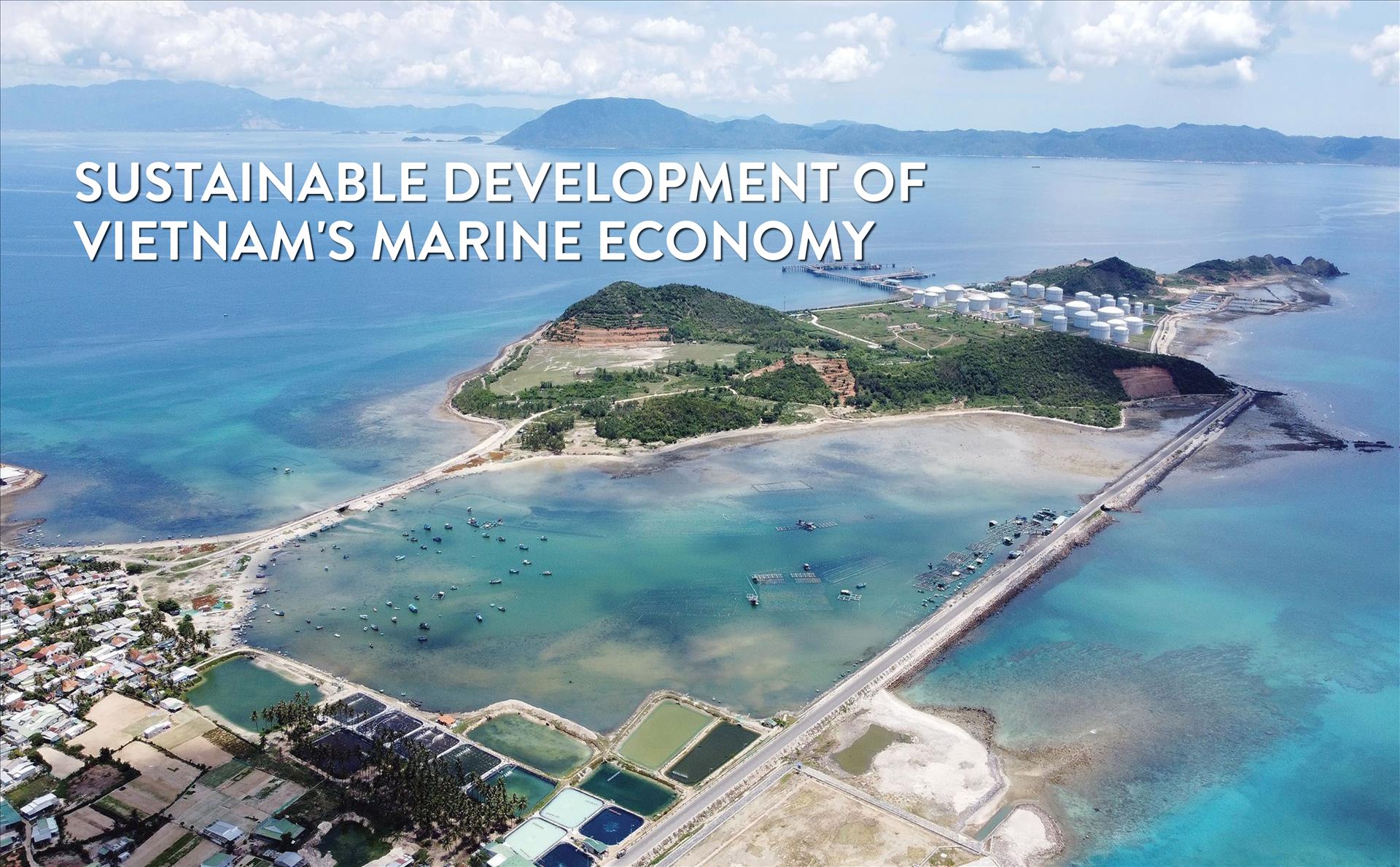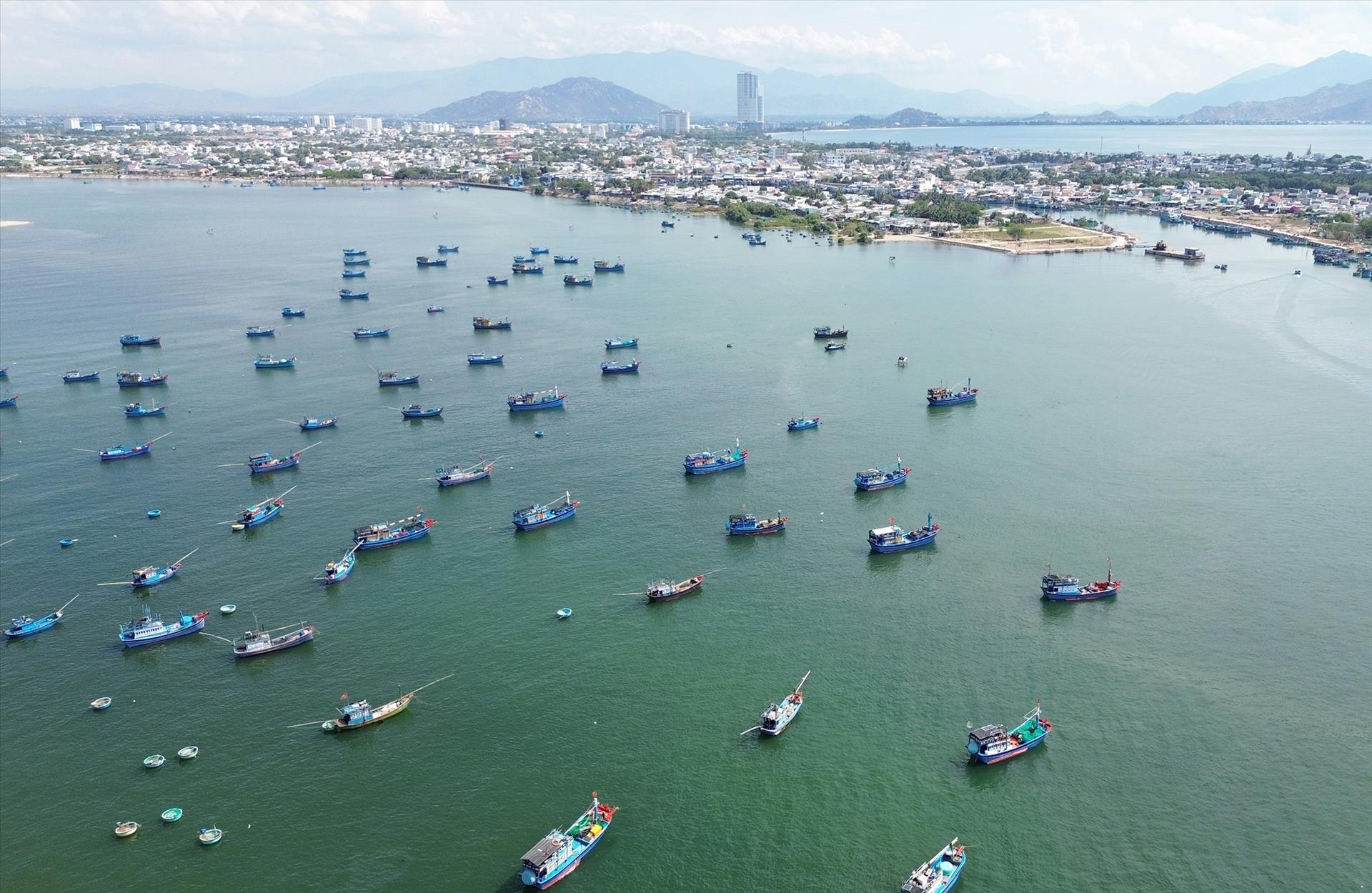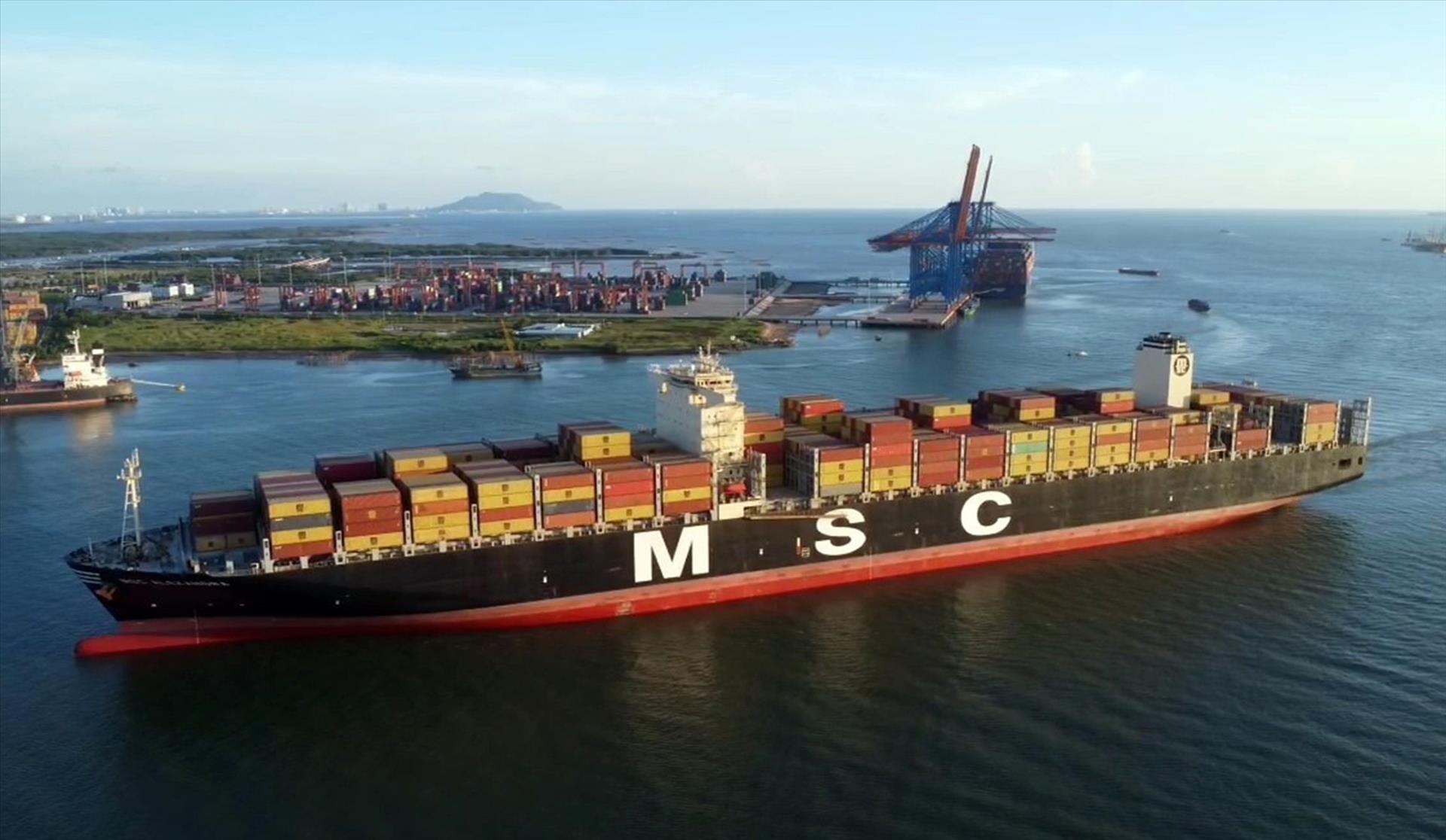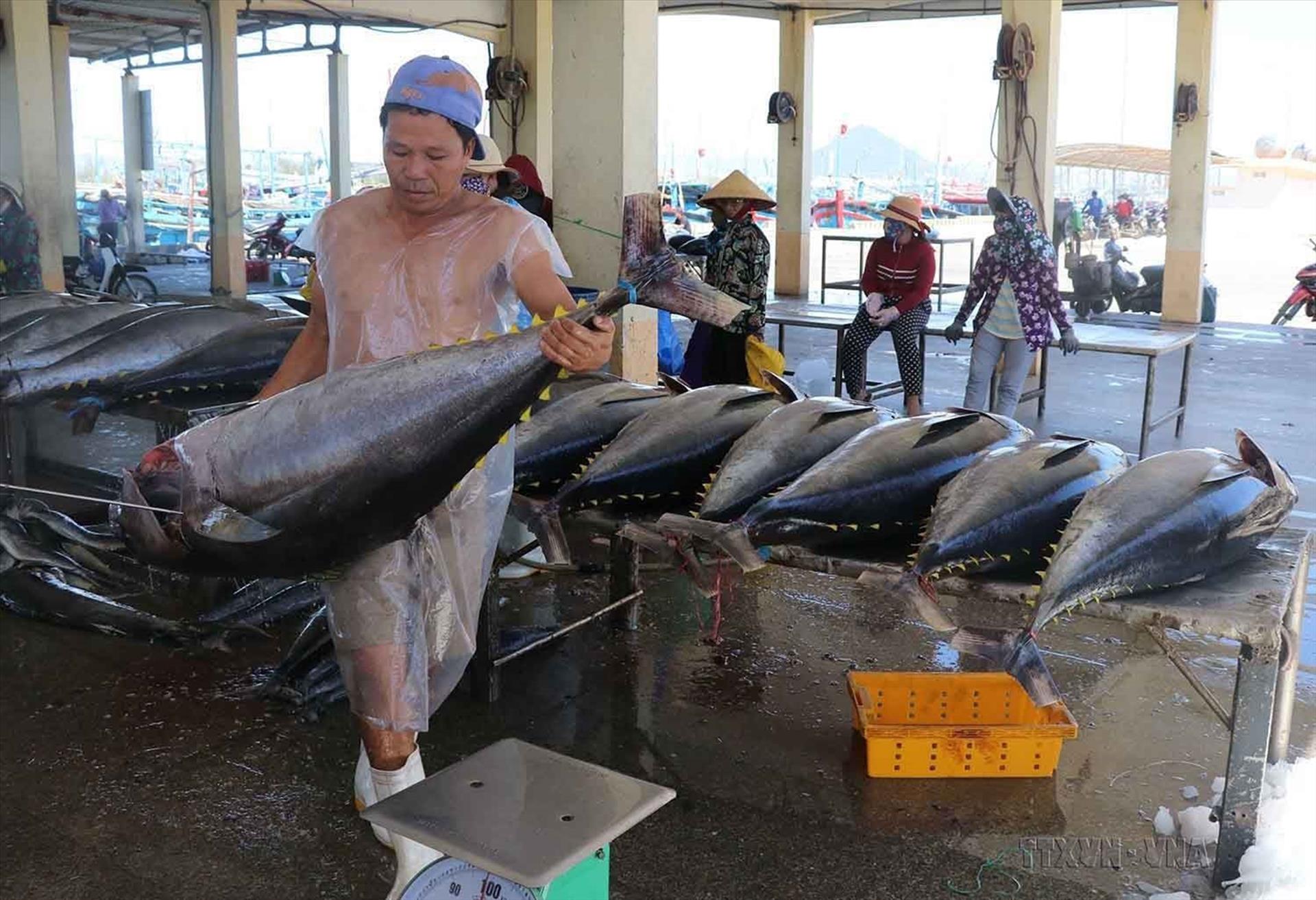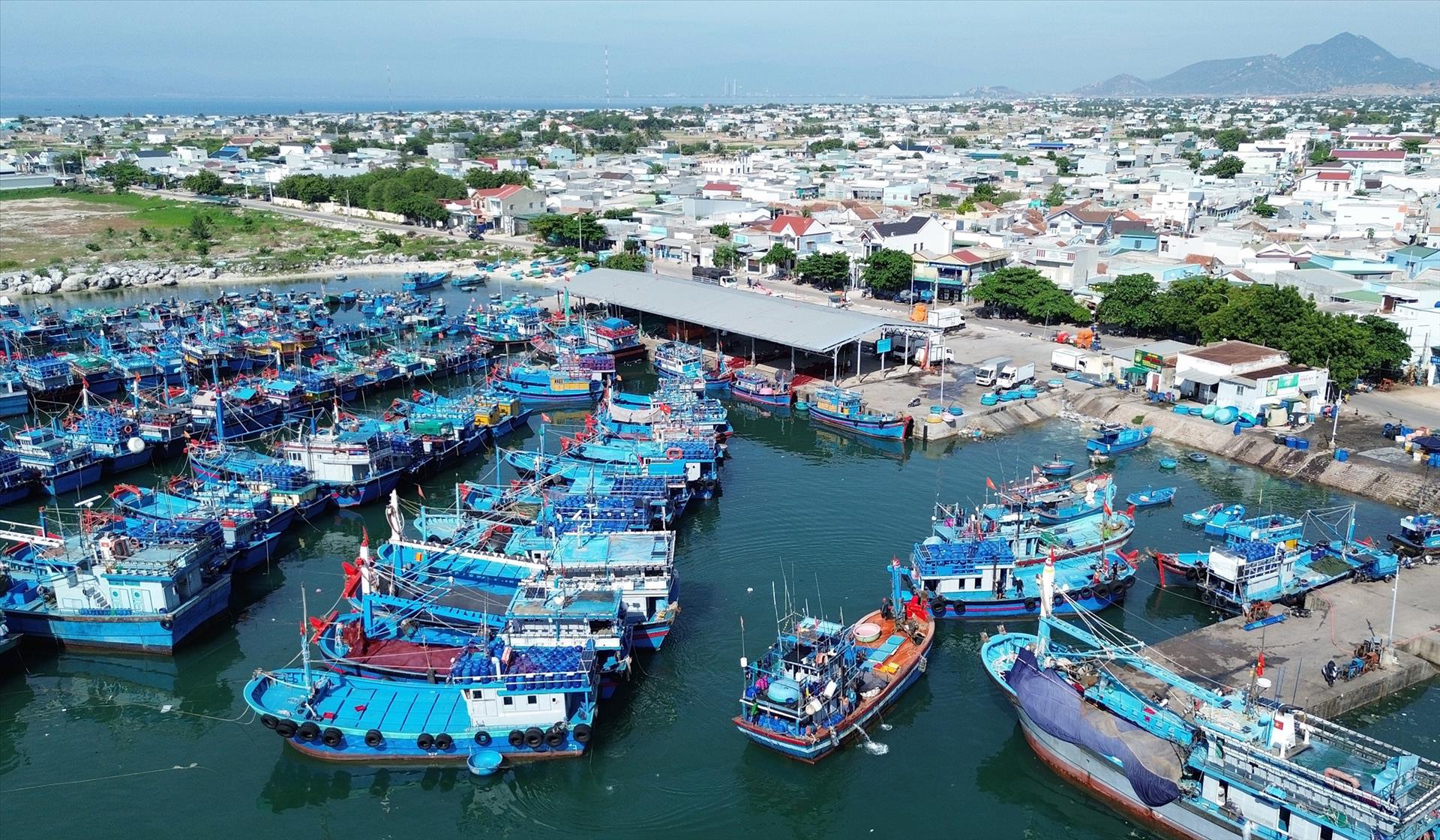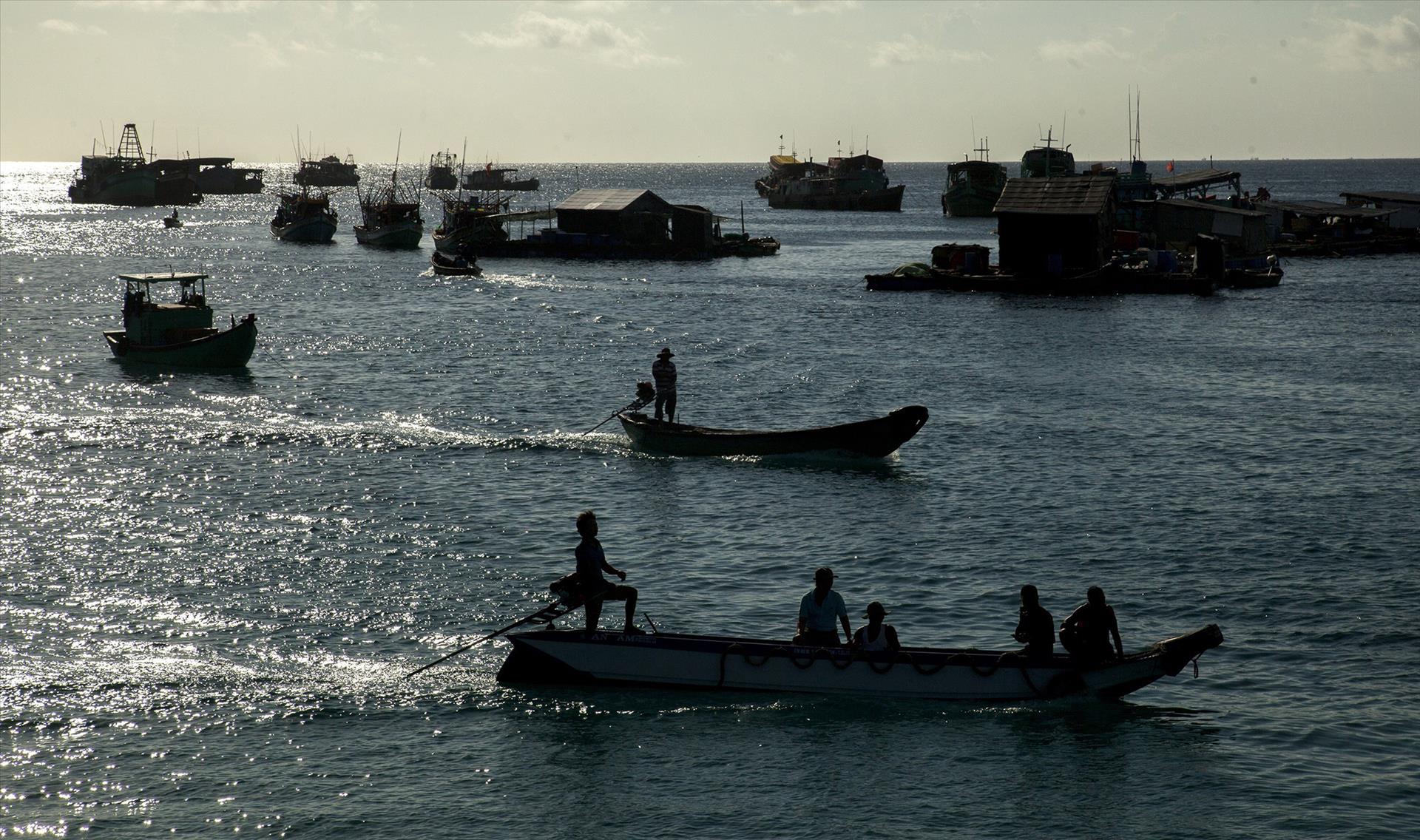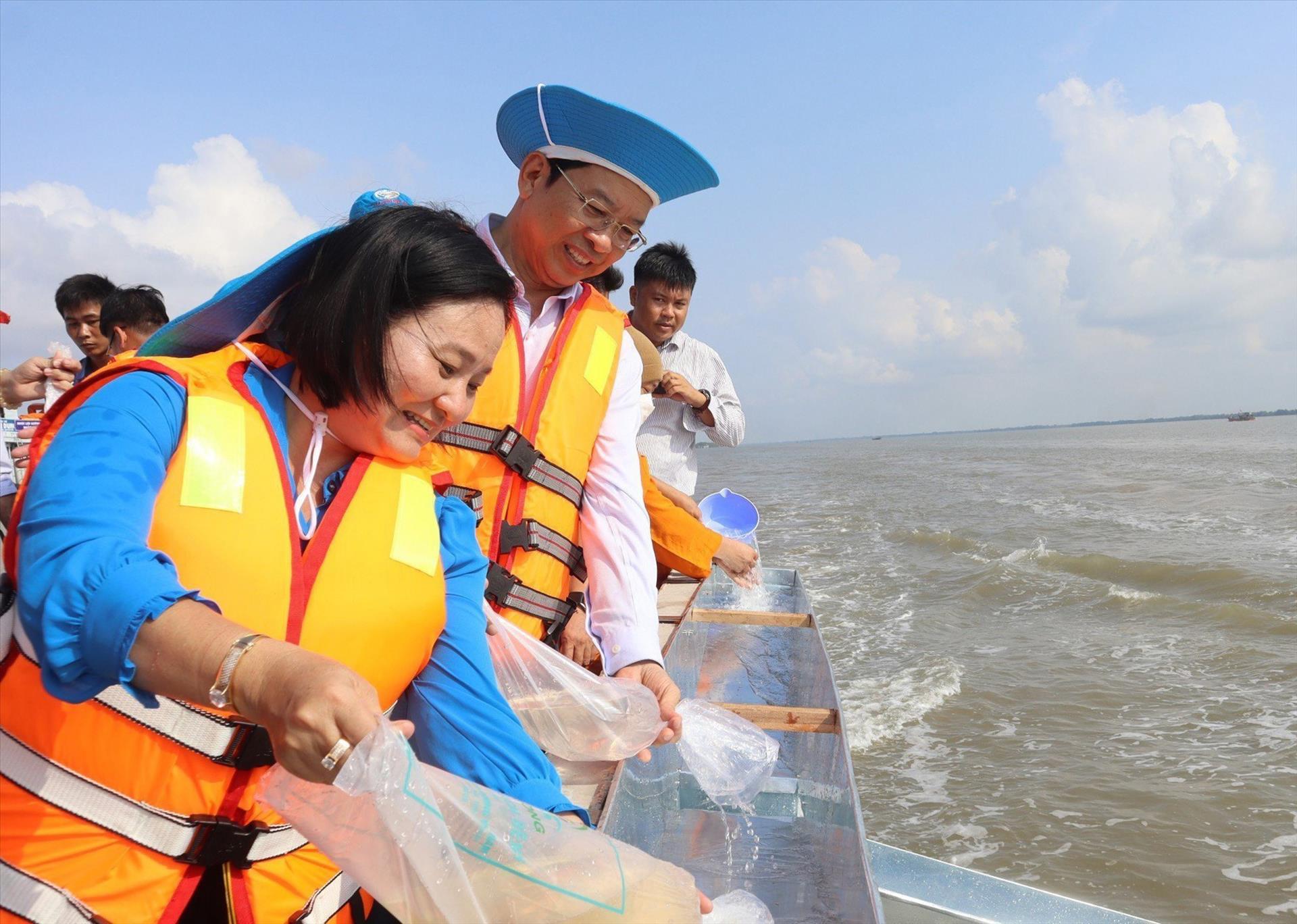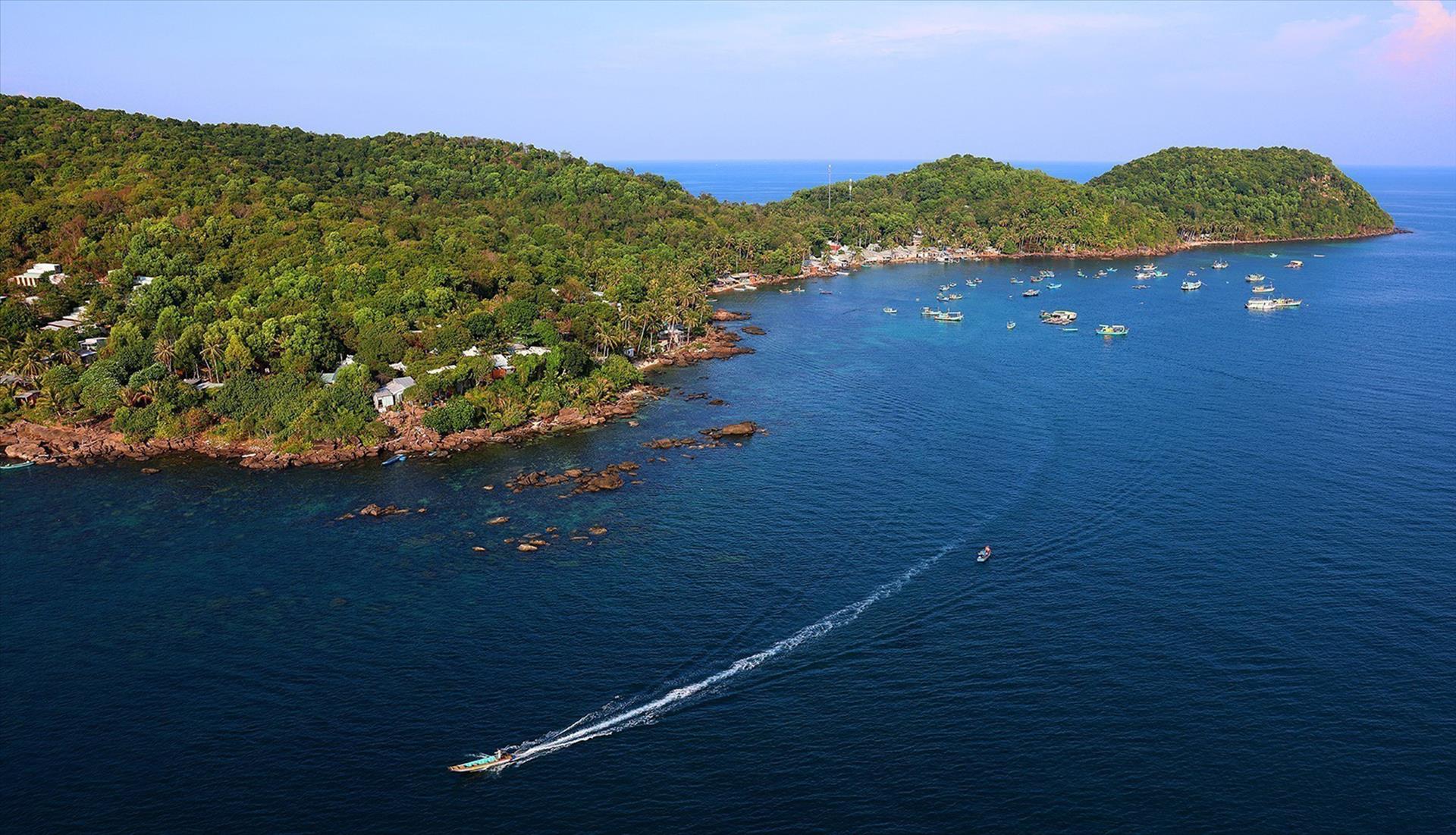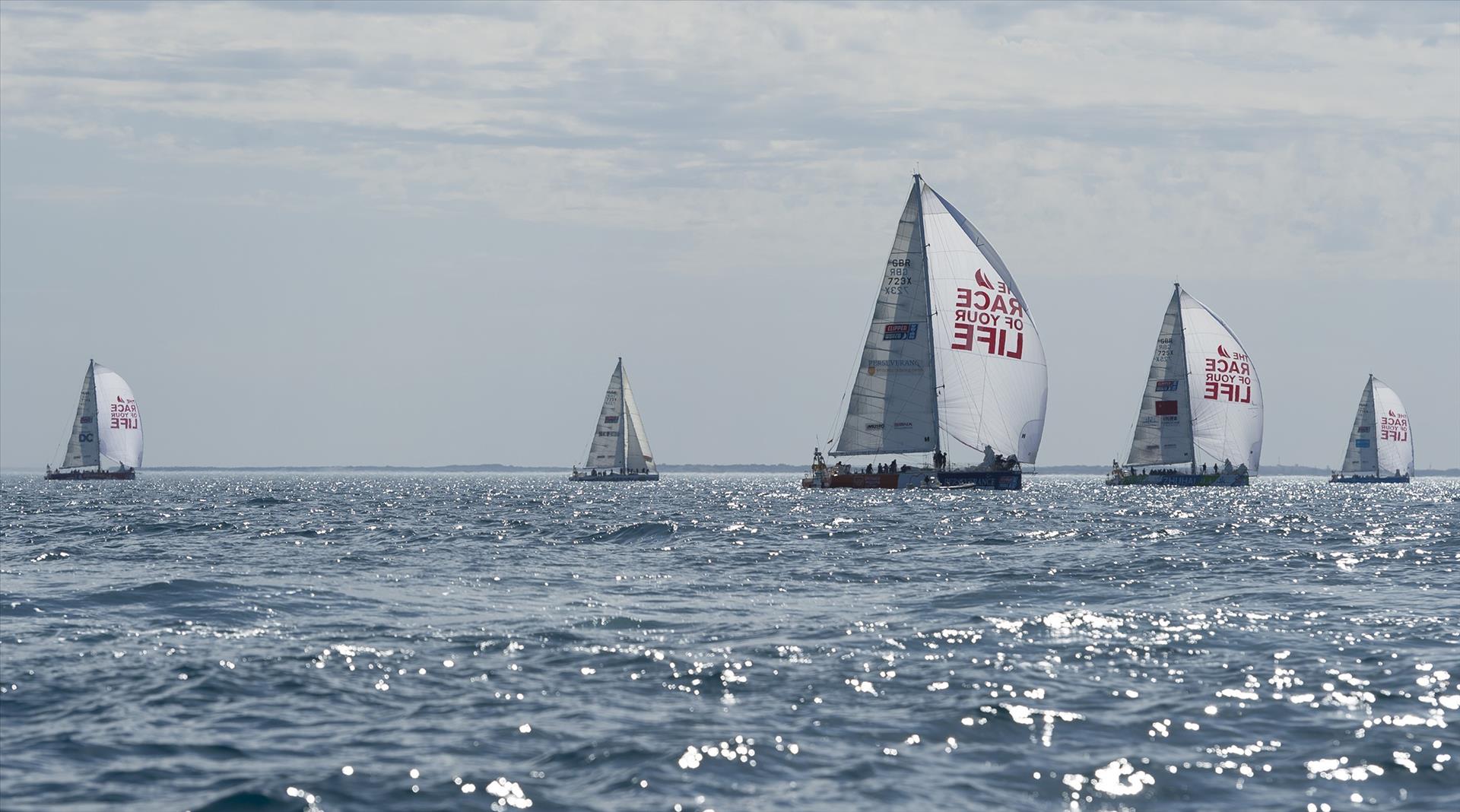Sustainable Development of Vietnam's Marine Economy
Currently, 28 out of 63 provinces and centrally-governed cities in Vietnam have coastlines, including 125 coastal districts and 12 island districts (Co To, Van Don, Cat Hai, Bach Long Vi, Con Co, Hoang Sa (Spratly), Ly Son, Truong Sa (Paracel), Phu Quy, Con Dao, Kien Hai, Phu Quoc). With nearly 3,000 large and small islands, Vietnam has a rich source of mineral resources such as rare metals, titanium ore, quartz sand, and metal minerals such as gold and tin. The "Strategy for Sustainable Development of Vietnam's Marine Economy to 2030, with a Vision to 2045" has identified: "Vietnam must become a strong maritime nation, rich from the sea, developing sustainably, prosperous, secure and safe; sustainable development of the marine economy closely linked to ensuring national defense, security, maintaining independence, sovereignty and territorial integrity”.
Accordingly, the maritime spatial planning is divided into four regions, including the Northern Sea and Coastal Region (Quang Ninh - Ninh Binh): Continue to build the Hai Phong - Quang Ninh area into a marine economic center; as a gateway and driving force for the development of the key economic region of the Northern Delta associated with the Lach Huyen international port; develop Quang Ninh into a national tourism center connecting with major international tourism centers in the region and the world.
North Central Sea and Coastal Region, Central Coast (Thanh Hoa - Binh Thuan): Develop deep-sea international transshipment ports, specialized seaports associated with industrial, oil and gas, electricity, renewable energy, and clean industry complexes; develop major tourism centers; aquaculture, catching andprocessing of seafood, logistics services and fishery infrastructure.
Southeast Sea and Coastal Region (Ba Ria - Vung Tau - Ho Chi Minh City): Develop international container seaports, port logistics services, maritime safety services, oil and gas exploration and the processing industry, supporting industries and oil and gas industry services.
Southwest Sea and Coastal Region (Tien Giang - Ca Mau – Kien Giang): Focus on developing Phu Quoc into an international scale strong marine eco-tourism and service center; develop gas industry, gas processing, electricity, renewable energy, aquaculture, catching and processing seafood, logistics services, fishery infrastructure; connect with major economic centers in the region and the world.
In the past, despite the rapid, complex, and unprecedented changes in the world situation, facing many difficulties and challenges, Vietnam's marine economy has made strides and contributed increasingly to the overall development of the country. The link between marine economic development and national defense and security has been tightened at all stages, from planning to investment and other production and business activities.
"Overall, the marine economy has made strides and contributed increasingly to the overall development of the country. The link between marine economic development and national defense and security has been tightened at all stages, from planning to investment and other production and business activities. The naval forces, coast guard, border guards, and fisheries guards have been strengthened in terms of potential and combat readiness. The national defense posture and the people's security posture have been maintained and increasingly consolidated," said Nguyen Duc Toan, Director of the Vietnam Administration of Seas and Islands.
With the right directions in goals and breakthroughs, and political determination, Vietnam's marine economy has made certain breakthroughs, opening up a new period for sustainable development of the marine economy according to the blue economy model.
Story: VNP Photos: VNA Translated by Hong Hanh
